Why recognition matters for Bangladesh’s invisible storytellers

When the trophies caught the stage lights at the Blender's Choice-The Daily Star OTT & Digital Content Awards 2025, they shone not only for actors or directors but for those whose work usually remains unseen. Editors, cinematographers, costume designers, makeup artists, sound engineers, and art directors—the people who give cinema its texture, rhythm, and credibility—stood at last in the glare of attention. For one evening in Dhaka, the invisible became visible.

It is a small shift, but a significant one. Bangladeshi cinema, like many national industries, has long fetishised celebrity, conflating glamour with authorship. But film is not made by stars alone. It is constructed, meticulously, by a legion of hands that rarely earn acknowledgement. The awards' focus on technical categories is an act of cultural intervention, asking audiences and peers alike to reconsider who counts in the making of art.
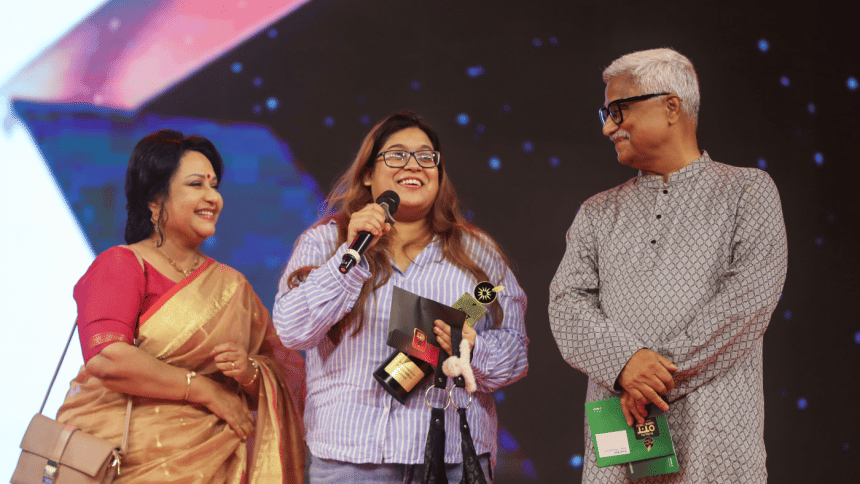
Editor Saleh Sobhan Auneem, who won for Salzar Rahman's "Kaalpurush", articulated the stakes with striking simplicity. "When I went home with the award, my six-year-old son hugged me and was overjoyed seeing the trophy in my hand. My family and friends now know this profession has worth." For Auneem, recognition is both personal and professional: a public validation that filters into the domestic sphere, redefining a craft often dismissed as invisible.
His colleague Syed Mehboob Hussain, also recognised for "Kaalpurush", placed the award within a broader industrial reality. "More than 200 people often work behind a project. But how many are noticed behind the glossy glamour of the screen?" he asked. The awards, in this sense, puncture the myth of solitary authorship, highlighting cinema as a fundamentally collaborative endeavour.
This theme recurred across disciplines. Cinematographer Ishtiaque Hossain Pablo, who got the Best Cinematographer Award for Robiul Alam Robi directorial "Forget Me Not", called the award a "lift for every creative who works behind the scenes."

Costume designer Zannat Mouri, honoured for Vicky Zahed's "Tikit", reflected on the practical and symbolic dimensions of recognition: "Costumes are essential in making a character believable. Yet we work ferociously without acknowledgment. This award will inspire more people like me to step forward with their passion."
Recognition, the winners suggested, is a currency that travels. It reshapes professional legitimacy, shifts peer perception, and, crucially, alters family understanding of a creative career. The Best Makeup Artist award recipient, Rubama Fairuzz, also of "Kaalpurush", remarked, "Makeup is one of the most important aspects of characterisation, yet it's one of the most neglected. This award gave me strength, confidence, and conviction. It will boost my dedication to the craft."
Art director Shihab Nurun Nabi, who received honours for "Kaalpurush", offered another layer of insight, pointing to the interdependence of cinematic roles. "Chanchal Chowdhury once told me a set helped him delve deeper into character. That is one of my biggest appreciations," he said. Art direction, he argued, demands creativity, strategy, relatability, and budget discipline—yet it often remains unseen. The award acknowledges not just individual skill but the sector's collective importance.
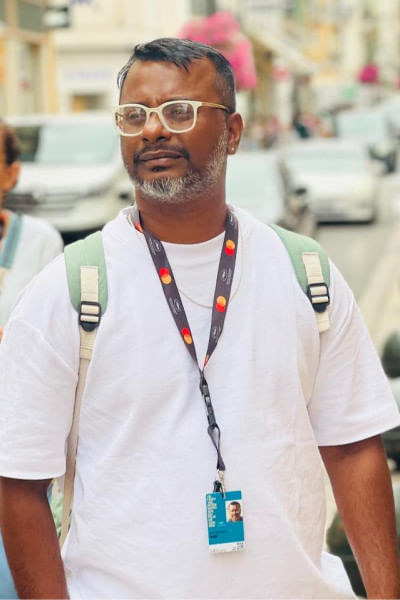
The resonance of recognition extended beyond national boundaries. Indian sound designer Adeep Singh Manki, awarded for "Sinpaat", spoke of a "lonely" craft whose significance is rarely understood. "When the 'Sinpaat' team contacted me, the boundary of countries became obsolete. This recognition from Bangladesh is one of the most special awards I've ever received." The gesture underscored a broader truth: art can transcend borders even when cultural and political frameworks do not.
Context matters. In Hollywood, technical Oscars are long-standing institutions; India has its National Awards for craft. In Bangladesh, where star culture dominates both the box office and discourse, the formal recognition of technical work is still nascent. The Blender's Choice initiative is thus not merely ceremonial—it is corrective. It reminds the industry that the creation of cinema is dispersed, multivocal, and dependent on labour too often hidden.
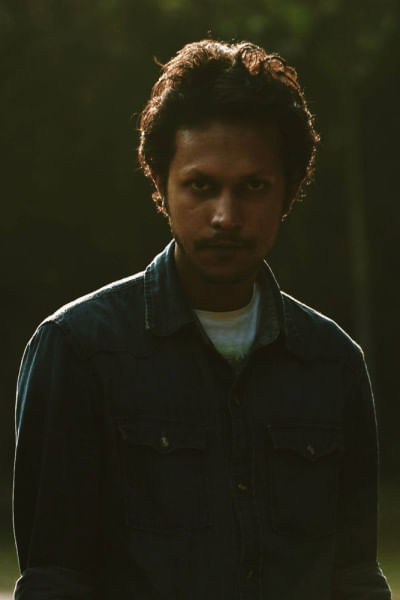
For the winners, the effects of recognition are tangible and symbolic. Families come to understand the stakes of a career once seen as marginal; colleagues recalibrate their appreciation for peers; young aspirants discover that behind-the-scenes roles are legitimate and valued. The awards do not merely celebrate individual achievement—they assert the collective worth of creative labour in an industry obsessed with stardom.
The Blender's Choice-The Daily Star OTT & Digital Content Awards 2024 did more than distribute trophies; it reframed a conversation long overdue in Bangladeshi cinema. By honouring editors, cinematographers, makeup artists, costume designers, sound engineers, and art directors, the awards challenged the entrenched hierarchy that privileges visibility over substance.
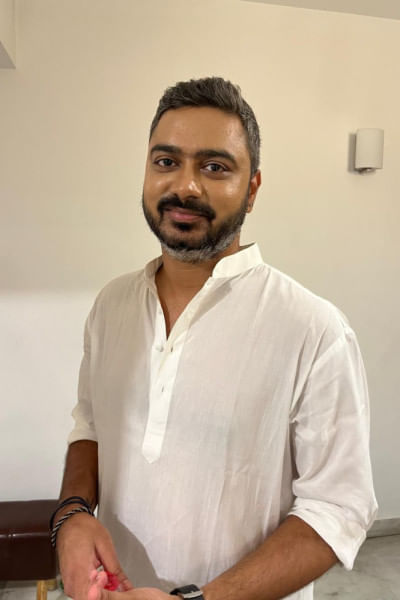
Recognition became a form of legitimacy—both social and professional—transforming how families, peers, and audiences perceive creative labour. It illuminated the collaborative architecture of cinema, reminding the industry that storytelling is a collective act, not the solitary genius of a star. For young creatives, the ceremony offered role models and a clear signal that craft matters. For the veterans, it reaffirmed years of dedication that often went unnoticed. In the glow of these awards, the invisible hands that shape Bangladeshi narratives were finally visible, celebrated, and given the cultural weight they have always deserved.

 For all latest news, follow The Daily Star's Google News channel.
For all latest news, follow The Daily Star's Google News channel. 


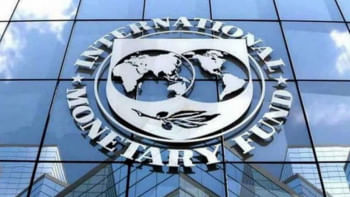
Comments